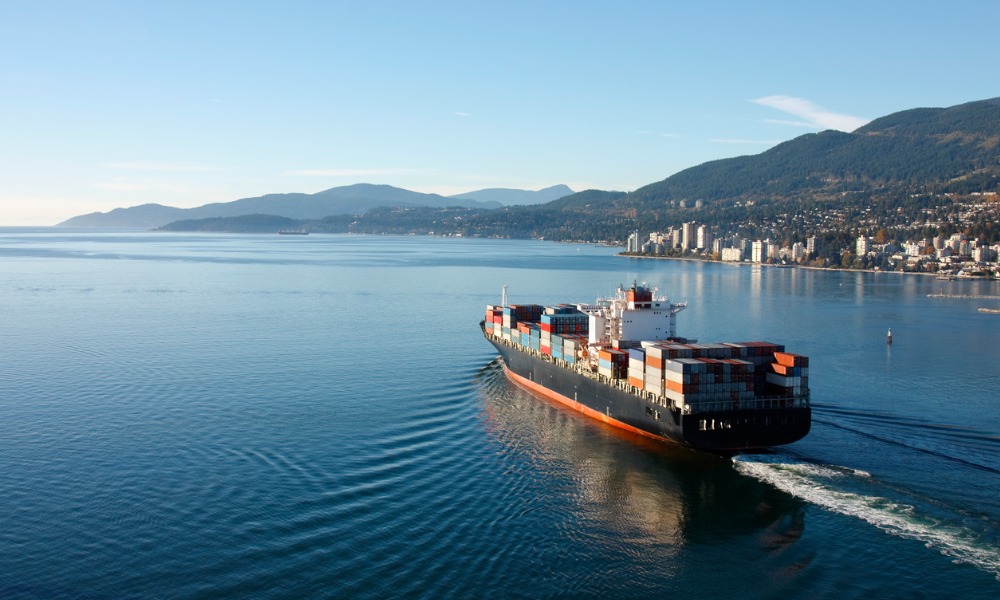Baltimore bridge collapse a wake-up call for good data use

Baltimore bridge collapse a wake-up call for good data use | Insurance Business America
Marine
Baltimore bridge collapse a wake-up call for good data use
“These kinds of ‘black swan’ events are not actually as rare as the industry would like”
The Baltimore bridge collapse should serve as a wake-up call to insurers to make sure they’re collecting and analyzing data sufficiently, according to Nick Evans, head of product at London-based insurtech platform Insurwave.
That closure doesn’t just prevent ships from entering the port – it prevents larger ships that were already docked there from getting out. That will likely have huge insurance implications, Evans said in an analysis sent to Insurance Business.
“These larger vessels will likely need to wait until there’s a totally clear passage through the harbor, which will be majorly disruptive for the ship owner and those waiting on its cargo,” Evans said. “For context, it’s common for even a large ship to remain in port for as little as six hours, with turnaround times especially important if the vessel is carrying perishables like grain or other foodstuffs.
“The vessels suck in Baltimore have now been there for three weeks,” he said. “Any cargo on board will spoil after a given period, which will obviously have a knock-on effect for a future itinerary. This will likely give rise to substantial cargo claims – because receivers will potentially reject shipments, even if they’re not technically spoiled, due to late delivery.”
In an interview with IB, Evans said it’s hard to predict what the total claims fallout will be at this point.
“There are a lot of figures being bandied about for the total loss amount,” he said. “People are saying $4 billion – I’ve seen $6 billion being reported – and obviously cargo will be a part of that.”
Staying up to date with data
Evans said the bridge collapse illustrated how important it was for insurers to maintain and use data in order to stay prepared for large claims events.
“I think what’s really important is that the industry can use data to get in front of this a little bit more,” he told IB. “Historically, it’s been the case that insurance has sat and waited to be presented with a bill – whereas now the access to technology is such that insurers can be on the front foot a bit more. They can understand their exposure – what have they got in that area?
“Of course, data is never going to prevent an incident like this, but it will enable them to better understand the risks – rather than waiting six, 12 or 24 months for a bill to land that they have to pay out on.”
Evans said that good data collection and management could also help to mitigate the impacts of catastrophic claims events. In the case of the Baltimore bridge collapse, the right data could help shipowners save some cargo on stranded vessels by offloading it and moving it overland or to other ports.
“What’s really important there, again, is having that data in the hands of the insurers and the owners, and the operators as well, to be able to adjust itineraries and things like that,” Evans said. “Obviously, it’s a very densely populated area; there are a lot of alternative ports. … So that will go a way to mitigate some of this stuff. But again, it just shows what’s really important is having access to that data to be able to understand: what are the other options available? What vessels are impacted?”
“I think this is likely going to transcend both of those because it’s just such an extensive loss,” he said. “You’ve got, of course, the damage to the vessel. You’ve got the cargo losses. You’ve got a massive property claim in the bridge. You’ve got a huge business interruption claim associated with the interruption of that arterial route.
“What’s really important is that these kinds of ‘black swan events’, as we like to think of them, are not actually as rare as the industry would like,” he said. “…And again, being able to understand from an insurance standpoint what your exposure is when these events occur is a fantastic way to minimize losses.”
Have something to say about this story? Let us know in the comments below.
Related Stories
Keep up with the latest news and events
Join our mailing list, it’s free!






